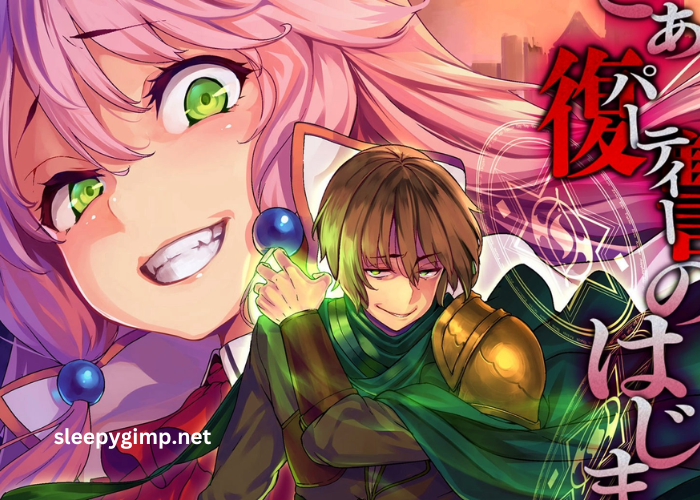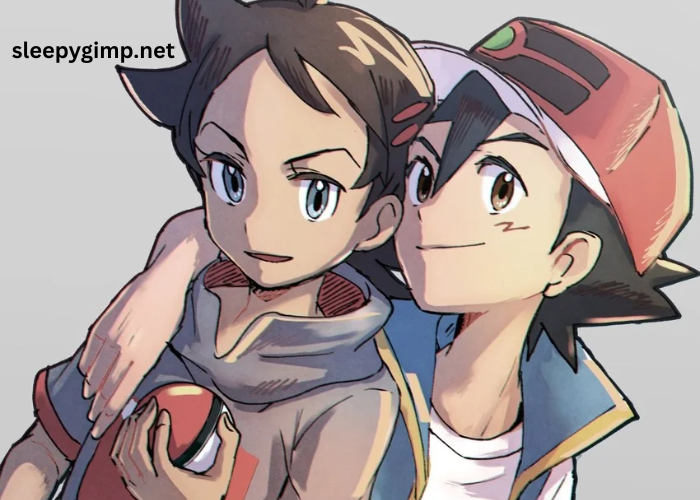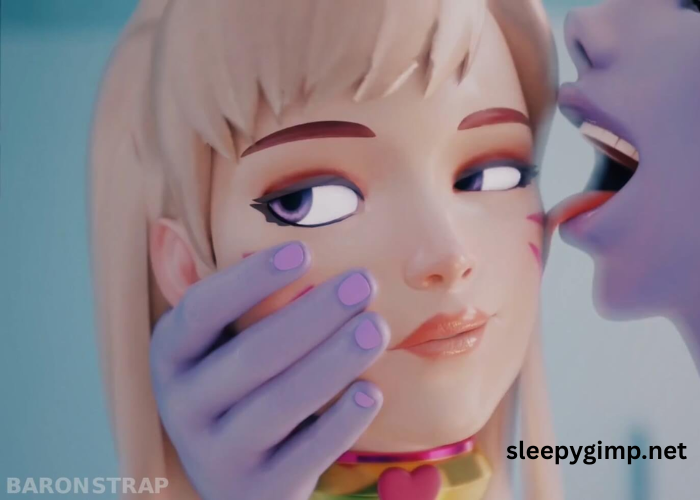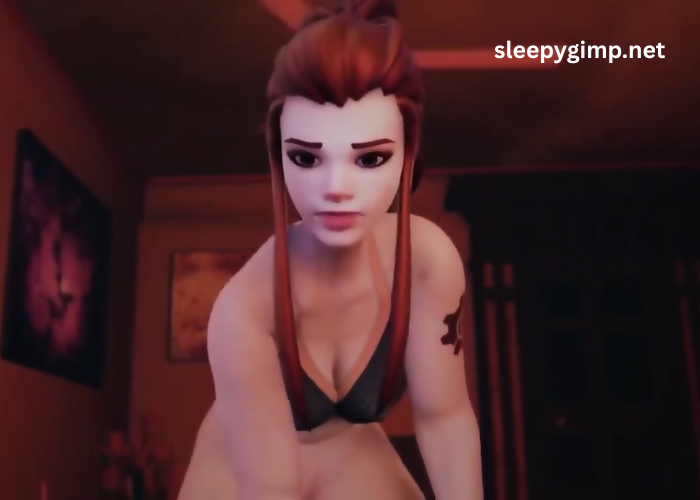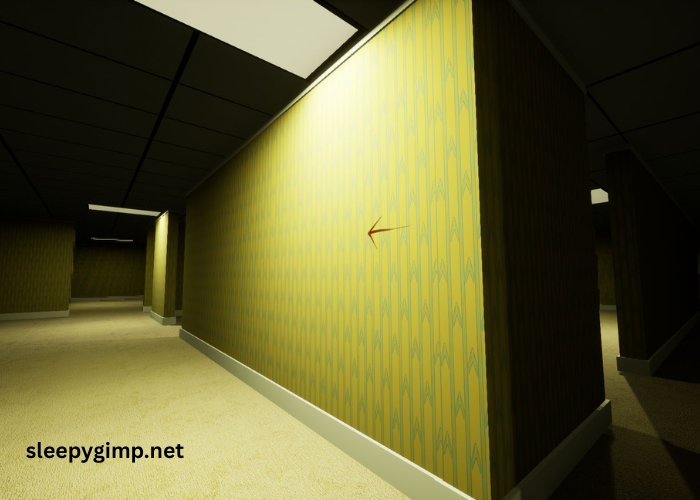In the world of anime, some protagonists stand out due to their unique abilities, backstories, and personalities. One such character is Keyaru from Redo of Healer—an anime that has garnered significant attention for its dark themes and compelling storytelling. Keyaru is no ordinary hero; his journey is filled with vengeance, betrayal, and the desire to reclaim what was taken from him.
This blog post will dive into the complexities of Keyaru’s character, his motivations, and why he holds such a powerful role in Redo of Healer.
Key Points:
- Keyaru’s journey is driven by revenge and healing powers.
- His transformation from a victim to a powerful protagonist is key.
- Redo of Healer challenges typical hero narratives through Keyaru’s actions.
Who Is Keyaru in Redo of Healer?
Keyaru is the main protagonist of Redo of Healer, a series that explores themes of power, revenge, and redemption. His character is initially introduced as a healer, a seemingly weak role in the world of Redo of Healer. However, as the story progresses, Keyaru’s true power and intentions come to light.
In the series, Keyaru is a healer who is repeatedly abused and exploited by those around him, including his own party members. His healing powers are seen as a valuable asset, but they come at a great personal cost. He is forced to endure physical and emotional pain for the sake of others. Eventually, Keyaru grows resentful of the people who have used him and begins a journey of revenge, using his ability to heal in unorthodox ways.
Keyaru’s transformation from a victim to a calculated and powerful individual is at the heart of the story. This character arc challenges the typical protagonist mold, as Keyaru doesn’t hesitate to employ morally ambiguous actions to achieve his goals.
What Makes Keyaru a Unique Protagonist?
Keyaru stands out from other protagonists in several ways. Firstly, his role as a healer, often seen as a support class, is flipped on its head in Redo of Healer. Rather than being a gentle and kind-hearted character, Keyaru uses his healing powers to manipulate and take control of others. His abilities, which were once used for others’ benefit, are now used for his own vengeance.
Secondly, Keyaru’s character is deeply complex. While he seeks revenge, his motivations are not purely evil. He is driven by a sense of justice and the desire to make those who wronged him pay. Throughout the series, Keyaru struggles with his emotions, torn between his desire for revenge and the human side of him that longs for connection and understanding. This duality makes him a fascinating character to watch, as his decisions often lead to both victories and moral dilemmas.
Reminder: Keyaru’s development isn’t just about gaining power, it’s about how he uses that power to shape his fate.
How Does Keyaru’s Healing Power Work?
Keyaru’s healing abilities are central to his character and the plot of Redo of Healer. Initially, his healing powers seem simple: he can heal any injury or illness in an instant. However, his powers come with a dark twist. When he heals others, he absorbs their pain and suffering, which leaves him vulnerable to emotional and physical trauma.
Later in the series, Keyaru’s healing powers evolve. After obtaining the ability to “redo” or “revert” time, Keyaru can go back and change the events of his past. This ability allows him to reshape his life and exact revenge on those who wronged him. Keyaru’s power is not only about healing—it becomes a tool for manipulation and vengeance.
Here’s a comparison of Keyaru’s healing abilities before and after his transformation:
| Aspect | Before Transformation | After Transformation |
| Power Type | Basic healing, absorbing pain and suffering | Time reversal, manipulation of events |
| Use of Power | Used for others’ benefit, often self-sacrificial | Used for revenge and self-interest |
| Emotional Impact | Emotional toll from others’ pain | Deeper emotional conflict, detached from others |
Keyaru’s evolution shows how his healing powers are tied to his growth as a character. He learns to control his abilities in a way that suits his desires, making him a formidable force.
What Are the Key Motivations Behind Keyaru’s Actions?
Keyaru’s actions in Redo of Healer are driven by several motivations, but revenge stands as his primary goal. After years of being exploited by those he trusted, Keyaru seeks to take control of his own fate. His transformation from a helpless healer to a powerful manipulator is rooted in the deep pain and trauma he experienced.
However, while revenge is a major motivation, it isn’t the only one. Keyaru also desires freedom—freedom from the people who exploited him, freedom from the burden of his past, and ultimately, freedom to shape his own future. His desire for revenge is intertwined with a desire for justice, but this doesn’t stop him from employing morally questionable tactics.
Keyaru’s motivations are often complicated by his relationships with other characters. He forms alliances with those who share his goals, but he also manipulates and betrays others when it suits his needs. His journey is one of constant internal conflict, as he grapples with the line between right and wrong.
Note: Understanding Keyaru’s motivations is essential to appreciating his character arc in Redo of Healer.
How Does Keyaru’s Character Drive the Story in Redo of Healer?
Keyaru’s journey in Redo of Healer is what drives the plot forward. His pursuit of revenge and his manipulation of his healing powers create a ripple effect that affects every character and every situation he encounters. As Keyaru gains more control over his abilities, he becomes more powerful, and the stakes of his journey rise.
His transformation from a victim to a powerful, often ruthless individual challenges traditional hero tropes. Keyaru isn’t afraid to get his hands dirty, and his actions often lead to consequences that others may not be prepared for. This unpredictability adds depth to the story, making it more engaging for viewers.
In Redo of Healer, Keyaru’s choices are often morally gray, which makes him a compelling protagonist. The story forces the audience to question whether his actions are justified, making it more than just a typical revenge narrative. Keyaru’s development as a character serves as a commentary on the complexity of human nature, power, and the consequences of trauma.
Conclusion
Keyaru’s role as the main protagonist in Redo of Healer offers a unique exploration of power, revenge, and personal transformation. His character challenges traditional ideas of heroism by focusing on the darker aspects of vengeance and redemption. Keyaru’s journey is not one of typical moral clarity; it’s filled with ambiguity, complexity, and emotional depth.
Through his evolution from a victim to a powerful manipulator, Keyaru showcases the potential of human resilience and the consequences of unchecked power. His character is a reminder that even in the most tragic circumstances, there is room for growth and change. Whether you view him as a hero or an anti-hero, there’s no denying that Keyaru is a compelling and powerful protagonist in the world of Redo of Healer.
FAQ’s
1. What makes Keyaru different from other protagonists in anime?
Keyaru’s complexity lies in his transformation from a victim of exploitation to a powerful anti-hero, driven by revenge and the desire for justice.
2. How does Keyaru’s healing power change throughout the story?
Keyaru’s healing power evolves from a self-sacrificial act to a tool for manipulation and time reversal, giving him control over his fate.
3. Is Keyaru a traditional hero or an anti-hero?
Keyaru is an anti-hero, as his motivations and actions often involve morally questionable decisions, but he is driven by a desire for revenge and justice.
4. What is the main theme of Keyaru’s story in Redo of Healer?
The main theme is revenge and redemption, as Keyaru seeks to reclaim control over his life after years of being used and abused by others.
5. How does Keyaru’s character impact the story of Redo of Healer?
Keyaru’s actions drive the plot forward, creating tension and moral dilemmas, as his journey challenges conventional ideas of right and wrong.

